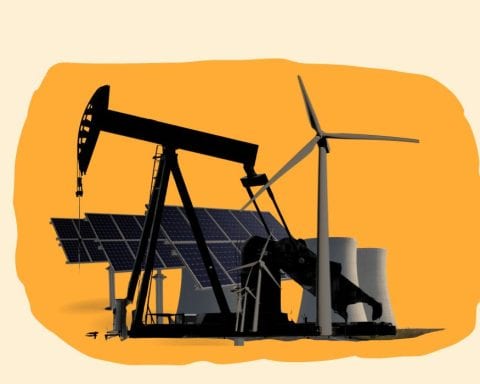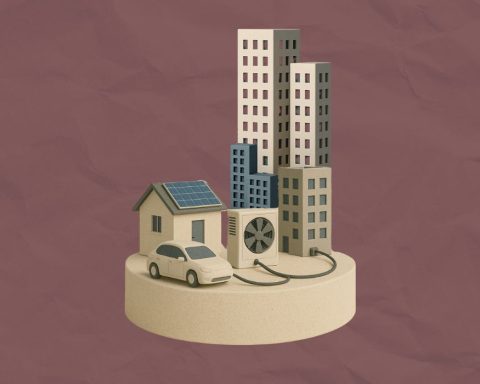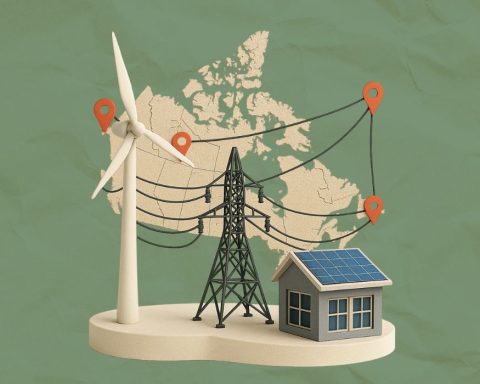A better grid is coming, and it’s going to cost less. As the influential climate investor Tom Steyer has written, the journey to net-zero will give us inexpensive and abundant energy, better products at lower prices and innumerable improvements across society. Getting there doesn’t mean increasing capital investment so much as shifting the way capital is allocated and incentives are designed. Drawing from the Corporate Knights 2025 Climate Dollars report, here are six key elements of an achievable and affordable transition to a net-zero future.
There are different paths to achieving a net-zero economy, but getting there affordably won't be possible with an “all of the above” approach. To keep the costs of the transition as low as possible, we need to be strategic. Setting aside false and inefficient solutions, here’s a snapshot of how our cleaner, greener future will look:
 Electrified transport
Electrified transport
EV prices reach parity and become less costly than gasoline vehicles in the 2030s, while the average range of a full battery exceeds 550 kilometres. Drivers reap a giant clean-energy dividend on fuel, saving billions on energy costs compared to the fossil fuel era.
Vehicle-to-grid technology
The batteries in tens of millions of interconnected EVs provide additional energy storage to ensure a reliable grid. By 2050, vehicle-to-grid (V2G) technology saves hundreds of billions in grid investments and puts money in vehicle owners’ pockets.
 Utility-scale battery storage
Utility-scale battery storage
Quicker to build than gas plants, large battery farms are critical to the transition to a renewable-based electricity supply. Over the longer term, they are supplemented by V2G storage (see below), shaving billions off utility costs and consumer bills.
Green buildings
Existing buildings are retrofit with heat pumps, and new buildings are efficient, electric, EV-ready and climate resilient. Home energy bills go down and are more resilient to inflation.
 Long-distance transmission
Long-distance transmission
Sharing is caring – and also energy efficient. Rather than segregated electricity systems, jurisdictions have access to electricity-generating capacity in wider regions. Prairie sunshine powers the dinner-hour peak along the Atlantic, and winds in the East supply morning electricity in the West.
Heat pumps
Three to five times more efficient than gas boilers, heat pumps drastically reduce the energy consumption of buildings and protect households from big spikes in fossil fuel prices. They replace many air conditioners, too, for even more savings.
This article was published in the Knight Bites section of the summer 2025 issue of Corporate Knights magazine. Order your copy here.
The Weekly Roundup
Get all our stories in one place, every Wednesday at noon EST.





